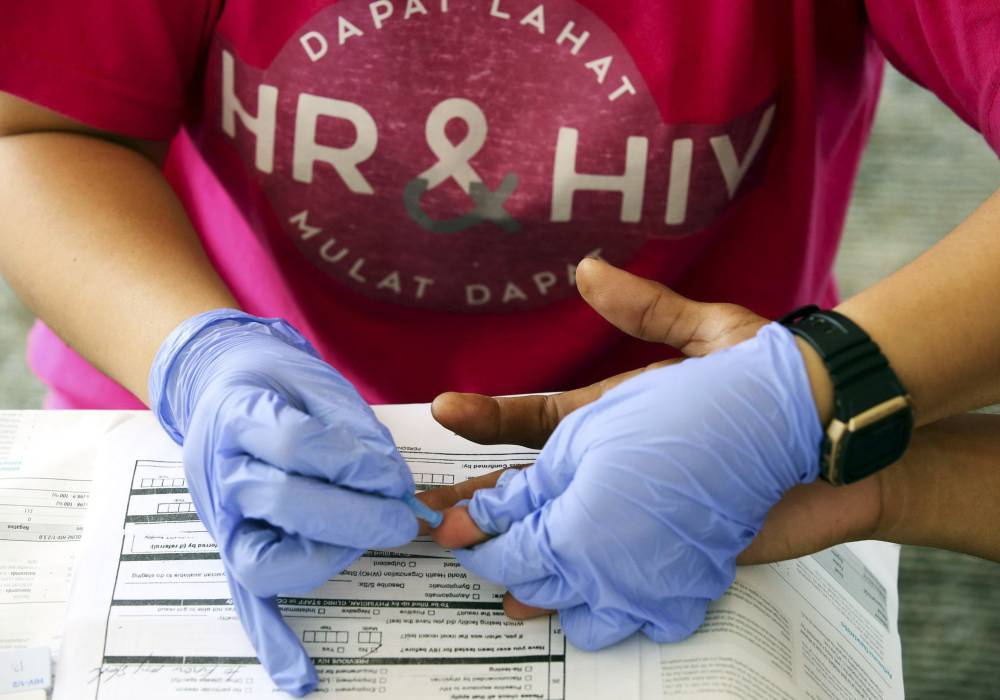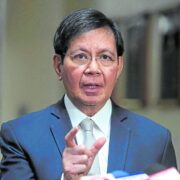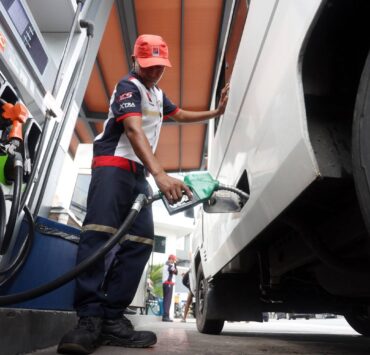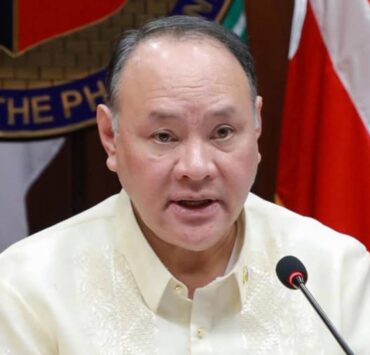Alarm up over rising HIV cases among PH teens

The Council for the Welfare of Children (CWC) has raised concern over the increasing number of young people diagnosed with HIV (human immunodeficiency virus).
During the Department of Justice’s first Justice Summit on Monday, CWC planning officer Normina Mojica said that of more than 5,000 identified HIV cases in the first quarter of this year, 30 were younger than 15 years old at the time of diagnosis.
For those in the 15 to 24 age bracket, a total of 1,686 cases of HIV were recorded in the same period, Mojica said.
“It’s disheartening because when I started in CWC in 1996, we were only dealing with six cases a month. Now, there are 57 cases daily—and among those, the statistics involving the youth are even higher,” Mojica added.
Fastest-growing number
Earlier in June, the United Nations Programme on HIV/AIDS (UNAIDS) and the World Health Organization noted that the Philippines has the fastest-growing number of HIV cases in the Asia-Pacific region.
The number of new HIV cases went up by 550 percent from 4,400 in 2010 to 29,600 in 2024.
The two institutions pointed out the “worrisome” situation that a third of newly diagnosed HIV cases in the first quarter of 2025 are among young Filipinos aged 15 to 24 years.
“The numbers paint a stark picture that demands our immediate attention and coordinated action across all levels of government and society,” said Dr. Louie Ocampo, UNAIDS country director.
Leslie Tolentino of Action for Health Initiatives, who was among the participants in Monday’s summit, shared the different efforts already in place to address issues concerning children living with HIV or those at risk of being infected.
The Committee on Children HIV and AIDS, she said, has developed protocols on how young people living with HIV can access treatment.
Sex education
The Philippine National AIDS council is also discussing the possibility of amending Republic Act No. 11166 or the HIV and AIDS Policy Act to address the treatment of children living with HIV.
Tolentino also shared a personal anecdote about how her 11-year-old daughter was called to the guidance office after her teacher overheard her talking to her classmates about how babies were made.
“The guidance counselor and teacher called my child in, and I realized a bit late that she was traumatized by the questioning. They had asked her things like, ‘How did you learn about sex? Maybe no one’s watching over you,’” Tolentino shared.
She said she explained to them that she had already been pregnant with her when she started giving talks about HIV and sex education, and that in time she would also bring her daughter along.
“So naturally, as she grew up, she became aware of what body parts are called. But I was also surprised that by the time she reached Grade 5, her classmates still hadn’t received sex education and she was the one teaching them. Even the guidance counselor and teacher were surprised that my Grade 5 daughter at the time could discuss the topic confidently,” Tolentino recalled.
This highlights the need to teach comprehensive sexual education to children, Tolentino said, noting that it is also a form of protection for the young people.
“It’s not just about having female police officers or policies. When children are educated, they know when they are being abused and how to protect themselves,” she added.

















